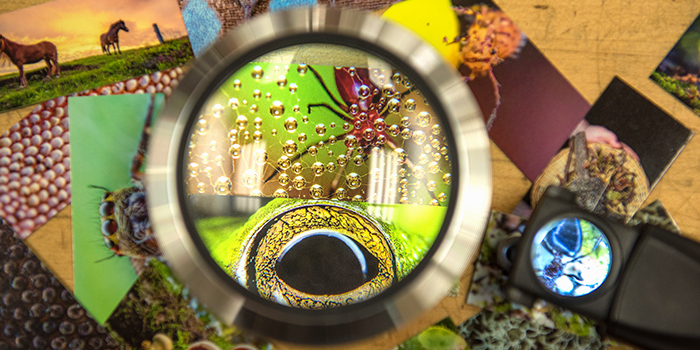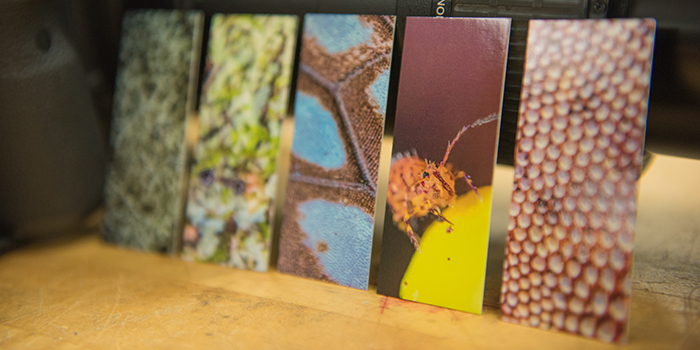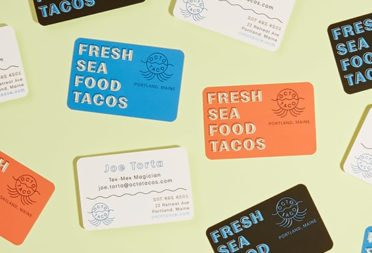How this National Geographic explorer captures the world’s hidden details
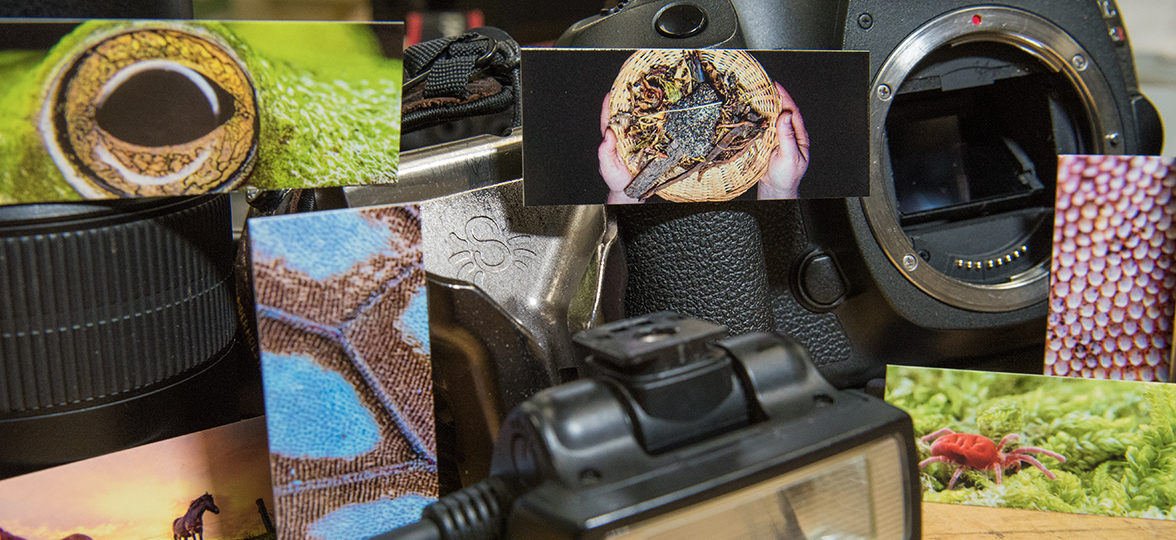
Award-winning photographer and National Geographic Explorer Matthew Cicanese on how he found his niche and gets himself noticed.
Natural history photographer Matthew Cicanese describes himself as specializing in, “macro photography of what I call Earth’s underdogs and outliers — the things we as humans tend to forget about.” But how does he keep his focus on the detail while dealing with the wider picture of managing a successful career?
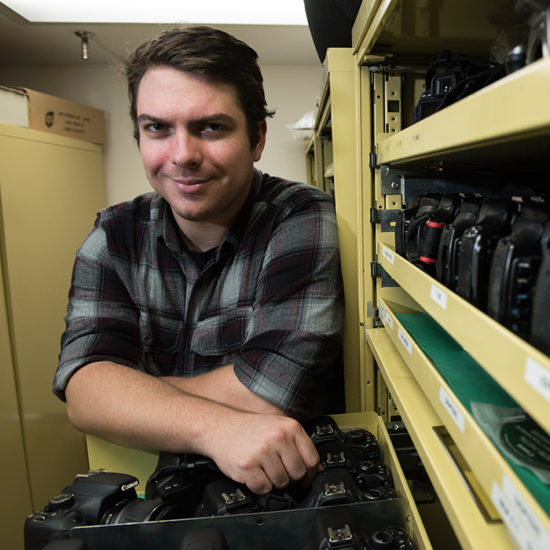
A National Geographic Explorer, documentary artist and Emerging League Photographer with the International League of Conservation Photographers (iLCP), Matthew is also a meningitis survivor who lost the sight in one eye and hearing in one ear.
A childhood spent soaking in the minutiae of nature drove Matthew to explore a little-seen world via his stunning photography, documenting the absorbing details of nature that are all around us, but rarely paid close attention to.
We spoke to Matthew about how he’s turned his passion into a career, how artists can help themselves stand out from the crowd, and the benefits of burrowing down into the detail.
So, Matthew. Tell us a bit about yourself and your background.
I grew up in Dade City, Florida, exploring the oak forests around my home. I’ve always had a deep fascination with natural history — if I wasn’t playing video games, I was outside exploring the forest in my backyard, catching bugs, climbing trees, and chasing lizards.
At university I studied environmental science, then I went on to earn my Masters in Experimental and Documentary Arts. Now, I work independently, creating artwork, visual storytelling, science communication and conservation stories for entities from NGOs to educational institutes around the world.
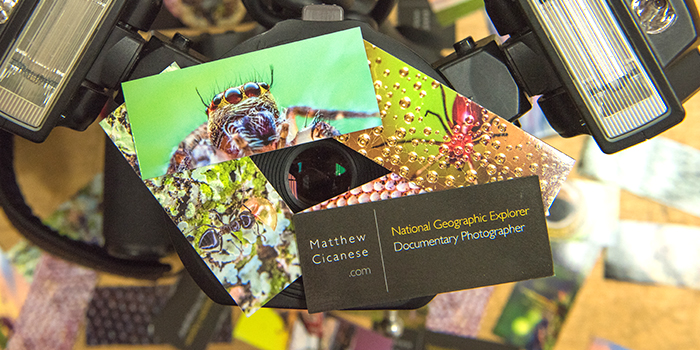
When did you know you wanted to be a professional photographer?
The way I experience the world has always been different from how most people do. Somehow, the sensory deprivations of being a deaf-blind inspired me to marvel at Earth’s hidden details, and study them with a deep obsession.
I learned early on that most explorers and adventurers don’t specialize in photography, but rather in the natural history subjects that fascinate them.
I specialize in the organisms that are always in our field of view, but most often out of our frame of mind. Lichens, fungi, mosses and insects are just a few subjects in this vastly-overlooked group that help make our planet function properly.
I have a unique vision for how I see and document my subjects that combines my childhood curiosity of exploring the woods, my passion for scientific knowledge and my ability to evoke narrative themes in my work that stir visceral reactions.
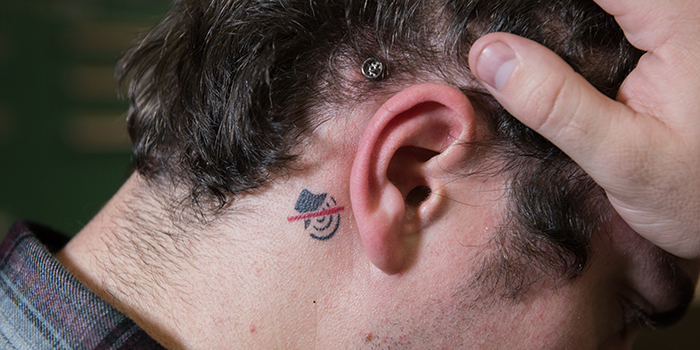
How did you end up becoming a National Geographic Explorer?
In 2016, I received a grant to carry out an expedition in Iceland to document the biodiversity of lichens living there. Becoming a National Geographic Explorer means becoming a part of a global community of individuals who are deeply dedicated to their way of showing people the world in a new light.
What advice would you give to photographers looking to get their work seen?
Getting your work published should never take precedence over the desire to produce it. If you’re more worried about getting your work recognized, and don’t have the drive to actually produce work, that can really get in the way of growing as an artist.
That said, along with joining social media communities, I recommend networking at conferences, portfolio reviews, and other venues where industry influencers meet — it’s a great way to get your work out there.
Do you have any networking tips for photographers just starting out?
You have to be bold and willing to stick your neck out to introduce yourself as much as possible, but without being a nuisance. It’s a delicate balance, but after a few years of doing it, I’ve found people are starting to seek me out, rather than the other way round.
The hardest part of putting yourself out there is getting shot down, but you have to be willing to dust yourself off, and try again. You have to look at ‘failure’ as a stepping stone towards success — otherwise it’ll become an anchor that’ll weigh you down.
It looks like you’re always on the go – how do you stay organized?
I make weekly to-do lists and prioritize my tasks accordingly. When it comes to scheduling, I keep a really detailed calendar, which has been a life-saver. Knowing what’s coming up down to the smallest detail helps me attempt to orchestrate the chaos.
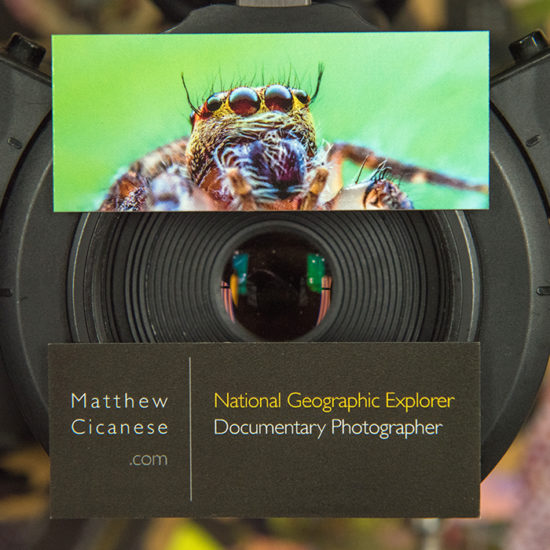
How did you go about building your brand identity?
Your style of work, language, values and goals should all match up to represent your overall brand. If you don’t brand yourself, it’s only going to slow down the process of becoming better recognized for your style of work within your niche.
Having a well-designed website is also a given for any professional trying to strengthen their brand identity. Don’t get too caught up with things like logos — just provide a solid place with a breadth of information and a portfolio of only your best work.
What impact has social media had on your career so far?
Social media is critical to the development of and engagement with an audience for my work. It provides me a way to keep them up-to-date on my latest work and share experiences.
For platforms like Instagram, it’s important to only upload strong work that fits your niche, and to interact with that niche community in genuine ways.
‘Stories’ features are great for involving your audience — although it’s also important not to overshare, and to keep them wanting more.
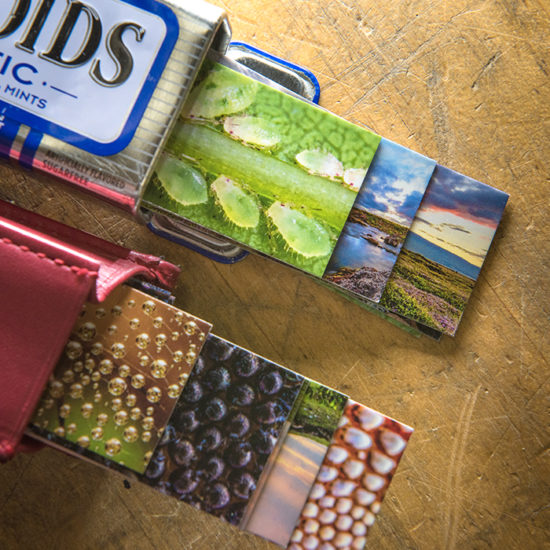
Tell us about your MOOcards – why did you choose MiniCards to highlight your photography?
My cards feature an eclectic array of subjects from my work — I chose high gloss so the colors and sharpness of my photographs would translate well to print.
I use MiniCards because I believe Business Cards shouldn’t be over-cluttered with information, and I wanted to minimize my carbon footprint.
I also think the unique size works well in providing a glimpse at a scene or subject without revealing too much of the bigger picture, which invites people who receive my cards to explore my site to see the rest of the photograph.
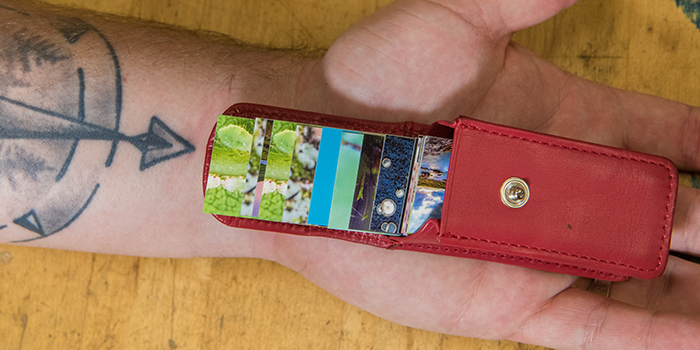
What’s the reaction been to your cards so far?
The reactions are always delightful. People often want more than just one — they’re like collectible pieces of bite-sized art.
Stand out from the crowd and design your own MiniCards
Keep in touch
Get design inspiration, business tips and special offers straight to your inbox with our MOOsletter, out every two weeks.
